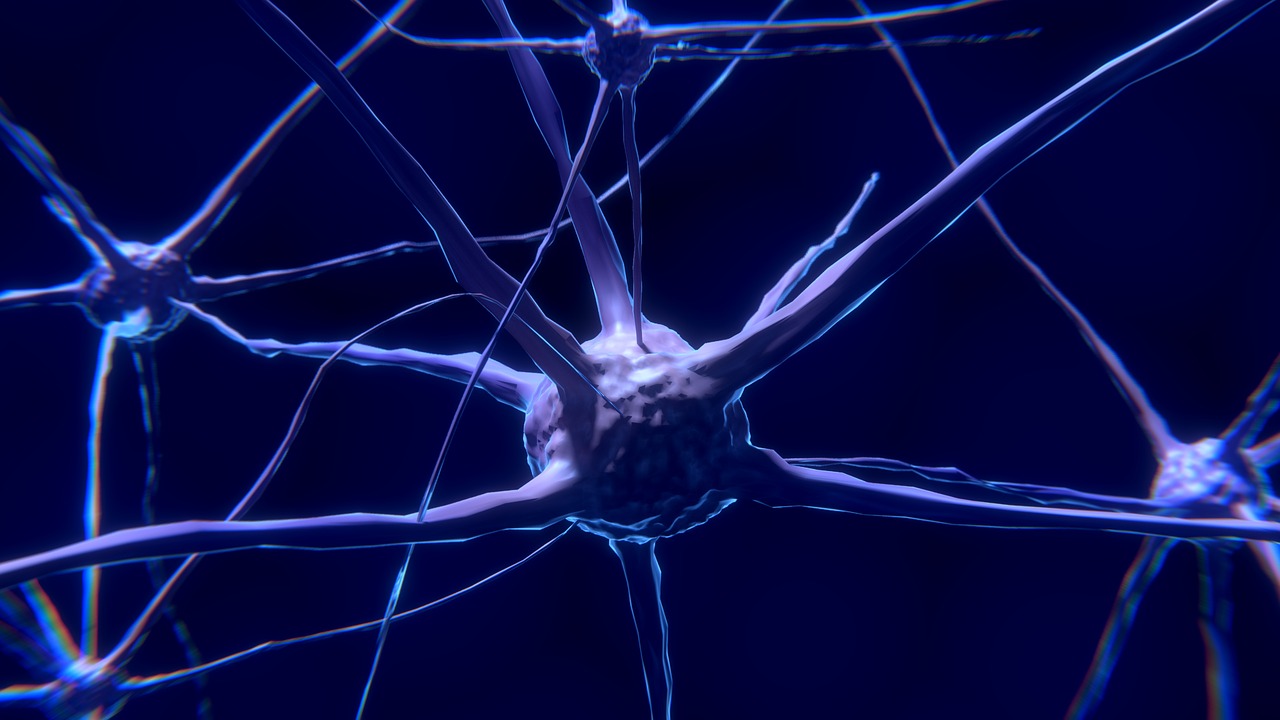Health
Multiple sclerosis: some patients may already hold the key to protecting the brain against viruses

To see which brain cells might be protected by these antibodies, we used a microscope to look at the different cells that make up the central nervous system. (Pixabay photo)
Usually our immune system protects us from harmful microbes such as bacteria or viruses. It does this either by directly attacking a microbe, or producing an antibody which recognises and removes microbes from the body. But, in patients with multiple sclerosis (MS), their immune response is overactive, resulting in the body attacking it’s own cells – namely those in the central nervous system (including the brain and spinal cord). This results in damage to the central nervous system, which leads to impaired sensory and motor function.
A lot of research has gone into determining why the immune cells of MS patients attack the brain. Researchers are especially interested in understanding why MS patients make so many antibodies, which are important for protecting the body from viral infections. Large quantities of antibodies are found in their cerebrospinal fluid (the liquid barrier that surrounds the brain).
In researching this phenomenon, we have actually identified that some of these antibodies can be beneficial as they enhance immunity against viruses. This stronger immune response could help protect these people from certain viral infections.
We don’t yet fully understand all aspects of the abnormal immune response in MS patients. However, many drug treatments now focus on suppressing this overactive immune system to prevent further brain damage. For many patients, these drugs are very effective.
But suppressing the immune system can cause other problems. One such problem is that these treatments can leave patients vulnerable to viral infections. Patients are particularly susceptible to infection of the brain by John Cunningham virus (JCV). If John Cunningham virus infects the brain, it can cause a disease called progressive multifocal leukoencephalopathy. This can cause lasting disability or even death. There are currently no antiviral treatments available for it.
Immunoglobulin M
Recently, researchers found that around 40% of MS patients do not seem to get these viral brain infections, even when taking immunosuppressive drugs. To understand what was protecting these patients, researchers observed that those who didn’t develop any viral brain infections had a particular type of antibody in their cerebrospinal fluid. These antibodies, called immunoglobulin M (or IgM antibodies), can bind to lipids (fat) on cells rather than binding to microbes, as antibodies normally do with viruses. This suggested to us that these antibodies were protecting the brain against viruses in a different way, one that does not involve binding the virus directly.
As such, we wanted to test if these IgM antibodies may be able to prevent viral infections. To do this, we used a unique cell culture system that we call a “brain-in-a-dish”. This contained all the major cell types of the central nervous system that integrated together like a miniature brain. We added the IgM antibodies to these cultures and then infected them with different viruses, such as Semliki Forest virus and Bunyamwera virus, to test whether the antibody would protect against these viral infections.
We were able to show that indeed the antibodies prevented these virus from replicating in the cultures, effectively stopping the viral infections in their tracks. To further investigate how this works, we looked at the ways the immune response was affected by these antibodies. We found that the antibodies specifically activated parts of the immune system that are involved in developing immunity to viruses.
To see which brain cells might be protected by these antibodies, we used a microscope to look at the different cells that make up the central nervous system. At the same time, we used fluorescent probes (a type of molecule that absorbs light, and is used to study biological samples) that bound to the specific parts of the immune response that we had identified. Fluorescent probe molecules absorb light of a specific wavelength and emit it in a different, longer wavelength. This allows researchers to study changes in biological samples and detect antibodies in cells.
By merging the two images – of the cell types and the immune response – we could see that this protective antiviral immune response was activated in all the major cell types of the central nervous system. This is very important, as many different viruses can infect the brain, each by attacking different cell types within the central nervous system. Our findings suggest that this specific type of antibody protects some MS patients against many different viruses that infect the brain by enhancing their immune response. This finding has a major impact for those with MS, and for future antiviral research and treatment.
Caution is taken when prescribing immunosuppresive therapies to MS patients to prevent the patient from developing a potentially life-threatening viral infection. Using these specific IgM antibodies, we can understand which patients may be more vulnerable to viral infections, while allowing more patients to use these drugs, especially those who have this protective antibody.
The antibodies identified in this study highlight an alternative way of protecting the brain against viruses. Most antiviral drugs target a specific virus. These antibodies act by enhancing the brain’s own antiviral defences, offering protection to all major cell types of the central nervous system. This mechanism can pave the way for the generation of new antiviral therapies that can treat and prevent viral brain infections. But more investigation will be needed to see how these antibodies work.![]()
Lorna Hayden, PhD Candidate in Neuroimmunology, University of Glasgow and Marieke Pingen, Research Associate in Immunology, University of Glasgow
This article is republished from The Conversation under a Creative Commons license. Read the original article.





















